English
Iesuis Xristaus
651 AD
Language
~400ad
Alphabet
aka
Merchants
Language
or
Alpha-Zeus
Gothic
English
Gematria
The Great Vowel Shift 1350-1600ad
Persian
3 magi
1912
1918
Codex
Argenteus
Written OT
Oral OT
&
NT
600ad
Arabic
Ethiopic
OT
Greek
written NT
digraphs
900ad
Slavic
ʿayin?
| Human being/Man | Ἄνθρωπος | ΑΝΟΣ | ΑΝΟΥ |
 Genesis 2:16-17
Genesis 2:16-17 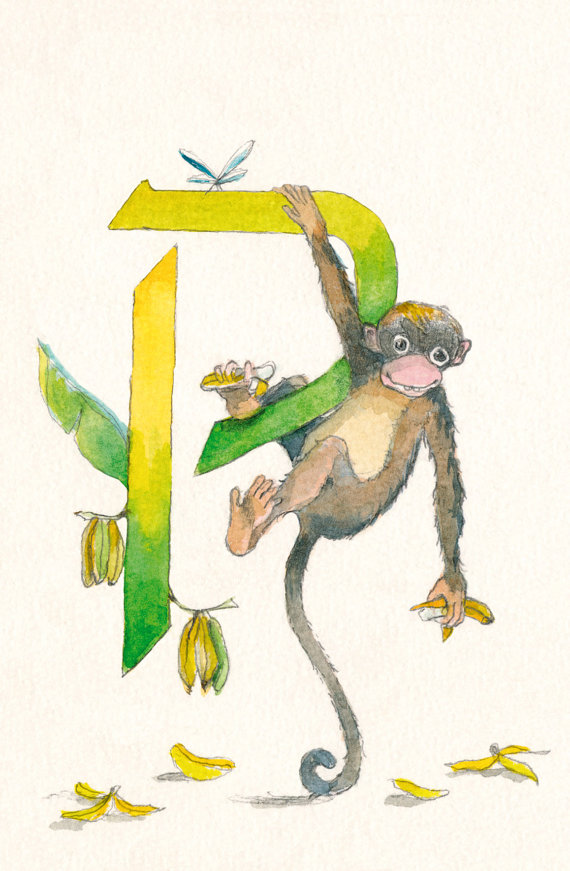 Ape aNoY
Ape aNoY ʾālep-sāmek-stigma y22 y222 Y))2
ʾālep-sāmek-stigma y22 y222 Y))2Don't forget the A-Word,
can't do research, might offend those who act like the A-Word?
They will nail you to a Xcross or a ﺍ stake
(a wooden post to which a person was tied to
before being burned alive as a punishment.)
(mark an area with stakes so as to claim ownership of it)
Poor Ox got it first, with a burnt mark ﻥ right on the A-Word.
Don't believe me?
ask the main Jack
 ?
?| 𐌰 | a | Α | aza < ans "god" or asks "ash" | *ansuz |
the term ōs (áss) was never adopted into Christian use.
ansuz
Birth Baby Bethlehem Baptism Believer Bible Brother
| 𐌱 | b | Β | bercna < *bairka "birch" | *berkanan |
berkanan
Вв
Christ
Zhrist
3Ggīml
God
Roman C ? ¢ cent © ℃ ℭ
In Archaic Greece, the shape of gamma Γ
was closer to a classical lambda (Λ),
while lambda retained the Phoenician L-shape (𐌋)
| 𐌲 | g | Γ | geuua < giba "gift" | *gebō |
but was dropped at the time of the publication of the NT
New Testament in Welsh, as William Salesbury explained:
"C for K,
because the printers have not so many as the Welsh requireth".
This change was not popular at the time.

𐌶
gebō
"throwing stick"
to
gimel
"Camel"
Gg
Ґґ
goD,gooD
Tanya Tucker - Delta Dawn
| 𐌳 | d | Δ | daaz < dags "day" | *dagaz |
dagaz
to
dalet "door"
, ذ
8 Hēt?
He is often used to represent the name of God,
as He stands for Hashem, which means The Name
and is a way of saying God without actually saying
the name of God. Hashem האשם
In print, Hashem is usually written as He with a geresh: ה׳
YHWH = Yōd, Hē, Waw/Vav, Hē יהוה
 apE aNoY
apE aNoY| 𐌴 | 𐌴 | e | Ε | eyz < aiƕs "horse" or eivs "yew" | *eihwaz |
eihwaz
hll "jubilation"
to
he "window"
Єє,
Ээ
waw
Vav
ς ΣΤ antisigma Digamma Claudius F=Word
Greek says 1st sigma is here? SiX sIx
Long s ſ ſinfulneſs for sinfulness,wow anarchist
Magi says sigil 2 is here?
YHWH = Yōd, Hē, Waw,Vav, Hē
Labarum ⳩ ⳨ ⳧
 apE aNoY
apE aNoY chi-šīn-Vav? X22 X222 X))2
chi-šīn-Vav? X22 X222 X))2| 𐌵 quetra < *qairþra ? or quairna "millstone" | (see *perþō) |
| 𐍆 | f | Ϝ, F | fe < faihu "cattle, wealth" | *fehu |
Regarding the Gothic letters' numeric values,
most correspond to those of the Greek numerals.
𐌵 takes the place of Ϝ (6),
𐌾 takes the place of ξ (60),
𐌿 that of Ο (70),
𐍈 that of ψ (700).
waw
ayin
resh
𐍆
𐌵
vav
perþō
v,
o,
u
ו
ﻭ
Φφ?
Phi?
Υυ
Uu,
Vv,
Yy,
Ww
Уу,
Ўў
God
7Ckāp
Zhrist
Zeta has the numerical value 7 rather than 6 because
the letter digamma (also called 'stigma' as a Greek numeral)
was originally in the 6th position in the alphabet.
We are told this is a lucky number?
Magi says Stigma S is here?
| 𐌶 | z | Ζ | ezec < ezec[6] (?) | (see *algiz) |
𐌶
Zhe
algiz
sword
ziqq "manacle" to zayin "weapon"
Зз
8 Hē?
Eta also spelled Khet, Kheth, Chet, Cheth, Het, or Heth
In chat rooms, online forums, and social networking the letter Ḥet
repeated (חחחחחחחחחח) denotes laughter,
just as in english, in the saying 'Haha'.
| 𐌷 | 𐌷 | h | Η | haal < *hagal or *hagls "hail" | *haglaz |
haglaz
courtyard
, خ
Ψψ?
Psi?
700?
ኀ
Ⰺ
Йй
9
Theta
| Theos | Θεός | ΘΣ | ΘΥ |
Labarum ⳩ ⳨ ⳧ Jesus Justice Jew Jedi Jihad Jerk
*In ancient times, Tau was used as a symbol for life or resurrection,
whereas the eighth letter of the Greek alphabet, Theta,
was considered the symbol of death. The theta nigrum ("black theta")
or theta infelix ("unlucky theta") is a symbol of death in Greek
and Latin epigraphy. Grave Jedi Jihad
| 𐌸 | þ (th) | Φ, Ψ | thyth < þiuþ "good" or þaurnus "thorn" | *thurisaz |
𐍈
𐌸
thurisaz
good chréstos
 Lute?
Lute?Nefer?
, ظ
YHWH = Yōd, Hē, Waw/Vav, Hē יהוה
magi says signet 𐭩 here
| Jesus | Ἰησοῦς | ΙΣ | ΙΥ |
| 𐌹 | i | Ι | iiz < *eis "ice" | *īsaz |
īsaz
Jj
Її,
Јј
The letter J originated as a swash letter I,
used for the letter I at the end of Roman numerals
when following another I, as in XXIIJ or xxiij
instead of XXIII or xxiii
for the Roman numeral representing 23.
Hallelujah Ĵ ĵ Ɉ ɉ ☺ Gian Giorgio Trissino
Jesus ˈdʒiːzəs Iesus Ἰησοῦς Iesous
Yeshua יהושע Yehoshua ישוע
Khrist
Kuf?
𐌺
| Lord | Κύριος | ΚΣ | ΚΥ |
| 𐌺 | k | Κ | chozma < *kusma or kōnja "pine sap" | *kaunan |
but was dropped at the time of the publication of the NT
New Testament in Welsh, as William Salesbury explained:
"C for K,
because the printers have not so many as the Welsh requireth".
This change was not popular at the time.
kaunan
(of a hand)
Lamb
In Archaic Greece, the shape of gamma Γ
was closer to a classical lambda (Λ),
while lambda retained the Phoenician L-shape (𐌋)
Good Shepherd

| 𐌻 | l | Λ | laaz < *lagus "sea, lake" | *laguz |

The Brothers Bright - Awake O Sleeper
laguz
Messiah
Down To The River To Pray - Alison Krauss
| 𐌼 | m | Μ | manna < manna "man" | *mannaz |
mem
Qoph
mannaz
Nun
 ape aNoY
ape aNoYNun Nomad Nice New Novel
| 𐌽 | n | Ν | noicz < nauþs "need, distress" ᚾ | *naudiz |
₦ : Nigerian Naira
naudiz
to
nun "fish"
60
&
Sin
200
&
xi
600
sāmek
google image E S.
hebrew 600 O last letter in water = 60 Ξ ξ = Xi 600
Xi is not to be confused with the letter chi,
which gave its form to the Latin letter X.
While having no Latin derivative,
the Xi was adopted into the early
Cyrillic alphabet, as the letter ksi (Ѯ, ѯ).
şamek - monkey
According to Judges 12:6, the tribe of Ephraim
could not differentiate between Shin and Samekh;
 chi-sāmek-stigma
chi-sāmek-stigma X22 X222 X))2 magi says double signet 𐭩 𐭮 here?
| 𐌾 | j | G, ᛃ | gaar < jēr "year" | *jēran |
𐭧𐭥𐭰𐭮𐭲𐭭 (Hūzestān, Xūzestān) *jēran
jēran
djed
, ܤ
poss.
Χχ
Xx
poss.
Хх
ʾālep
or
70 ס
sāmek
&
Omega
800
Merchant
𐤏
or
Gothic
Omega
𐍉
In Modern Greek, Omega Ω represents
the mid back rounded vowel /o/,
the same sound as omicron.
The Ο in Οmicron is not the same Ο as in Οmega?
| Heaven/Heavens | Οὐρανός | ΟΥΝΟΣ | ΟΥΝΟΥ |
substitute sound in English???
 chi-
ayin-waw/vav
chi-
ayin-waw/vavX22 X222 X))2 Magi says sigil 2 is here
| 𐍉 | o | Ω, Ο, ᛟ | utal < *ōþal "ancestral land" | *ōþala |
O (named o /ˈoʊ/, plural oes) is the 15th letter
and the second-to-last vowel
in the modern English alphabet
An O mark, also known as Marujirushi (丸印) in Japan
and Gongpyo (공표, 空標) in Korea,
is the name of the symbol "◯" used to represent
affirmation in East Asia,
similar to its Western equivalent of the
checkmark. Its opposite is the X mark ("✗") or ("×").
𐭥
waw
ayin
resh
ūruz
ʿ link
spring,
single
quOte
, غ
Ωω
Pi (pē mouth 80)
| Spirit/Ghost | Πνεῦμα | ΠΝΑ | ΠΝΣ |
The digits of pi and e never end,
nor has anyone detected an orderly pattern in their arrangement.
Humans know the value of pi to over a trillion digits.
Transcendental numbers cannot be expressed
as the root of any algebraic equation with rational coefficients.
We are told this is a lucky number?
 aPe aNoY
aPe aNoYLabarum ⳩ ⳨ ⳧
| 𐍀 | p | Π | pertra < *pairþa ? | *perþō |
perþō
to
pe "mouth"
????
Ϻ Ϡ
Its shape was similar to modern M,
or to a modern Greek Sigma (Σ) turned sideways,
and it was used as an alternative to Sigma to denote the sound /s/.
Unlike Sigma, whose position in the alphabet is between Rho and Tau,
San appeared between Pi and Qoppa in alphabetic order.
Greek Sigma got its shape and alphabetic position from Phoenician Šin,
but its name and sound value from Phoenician Samekh.
Conversely, Greek Xi (Ξ) got its shape and position from Samekh,
but its name and sound value from Šin.
It originally had the sound value of Zayin, i.e. voiced [z].
Roman Numerals M is a 1,000 Greek M is 40 Messiah is Zeus?
| 𐍁 | Ϙ |
Ϙ
righteous person
or
a fish hook
, ض
ጰ,
ፀ
San
(Ϻ)
Чч,
Џџ
90
qōp
Queen Queer


Hebrew קוף means "hole" קוֹף means "ape"
Kuf is the nineteenth letter of the Hebrew alphabet.
In Hebrew, Kuf is spelled with three letters ק ו ף:
Kuf, Vav and final Pei, which literally means “ monkey
| 𐍁 | Ϙ |
mem
Qoph
𐌵
head-neck
nape
monkey & tail
poss.
Φφ,
Ψψ
100
rēš
𐍂
Latin R, and Cyrillic Р.
Resh in gematria represents the number 200.
In the system of Greek numerals, Rho has a value of 100.
Rho The letter rho overlaid with chi forms
the Chi Rho symbol, used to represent Jesus Christ.
X22 X222 X))2 Magi says sigil 2 is here?
| 𐍂 | r | R | reda < *raida "wagon" | *raidō |
waw
ayin
resh
raidō
200
$
200
S
is the 19th letter in the Modern English alphabet
Greek did not have a /ʃ/ phoneme,
so the derived Greek letter Sigma (Σ)
came to represent the /s/.
While the letter shape Σ continues Phoenician šîn,
its name sigma and its position in the alphabet
is taken from the letter samekh,
while the shape of samekh
but name
and position of šîn is continued in the xi.
𐍃: Gothic letter sigil:an inscribed or painted symbol
considered to have magical power. סגולה segula
Magi says double sigil 2 is here 22
Σ sTigma 200
Labarum ⳩ ⳨ ⳧
Crowder - Lift Your Head Weary Sinners
Genesis 3:1Now the serpent was more crafty than any.....
In greek gematria, Shin represents the number 300
According to Judges 12:6, the tribe of Ephraim
could not differentiate between
shibbol שִׁבֹּל or סִבֹּלֶת cibboleth
aka Sin or Samekh;
In Judaism Shin also stands for the word El Shaddai,
a name for God אֵל שַׁדַּי.
https://youtu.be/SKHa6Cm62uI <-El Shaddai by Amy Grant

The Brothers Bright - Awake O Sleeper
Being marked shows ownership,
in an of itself that is not a satanic concept.
We belong to God, we bear His mark, we bear our cross(Xtāw)?

Josh Turner - Long Black Train
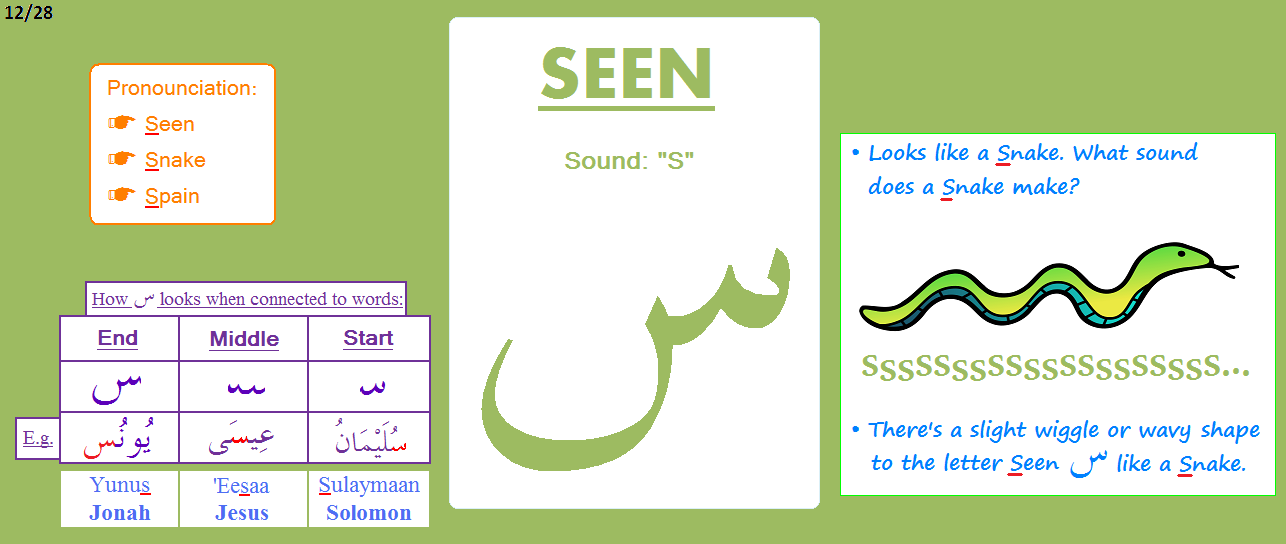
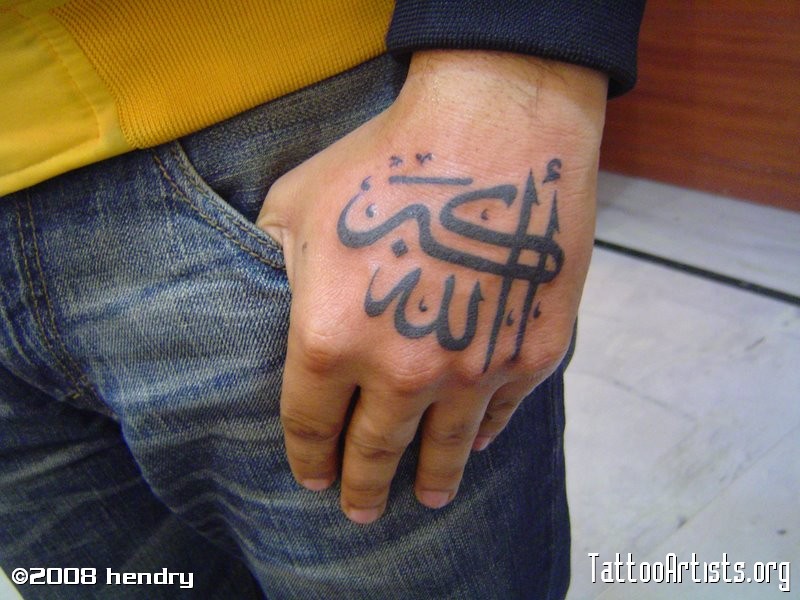
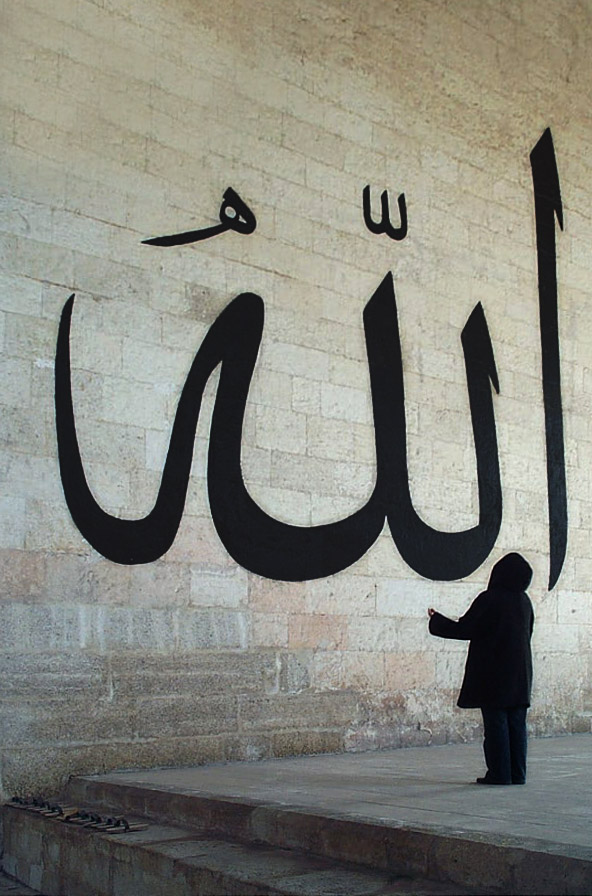

All these things will I give thee,
if thou wilt fall down and worship me.
Then saith Jesus
The Brothers Bright - Me and Mine
Lightning Flashes ~ Apologetix

chi-šīn-stigma or ʾālep-šīn-stigma or ʾālep-šīn-vāv/waw
X22 X222 X))2
| 𐍃 | s | S, Σ | sigil sugil < sauïl or sōjil "sun" | *sôwilô |
sôwilô
ፐ
Θ
ተ
ש
𐩩
Mark of the Beast
in English
per
Revelation 13:18
600 60 6
or
600 200 6
or
300 200 6?
or
is this
Jesus
ΧΣ
Christ
on the
Cross(Xtāw)
bearing our
šīn
for us?
, س
σ
ς
Ƨƨ
Шш,
Щщ
300
T
In greek gematria, Shin represents the number 300
Old Rugged Cross
| Cross/Stake | Σταυρός | ΣΤΣ | ΣΤΥ |
tāw + tāw = Chi 600 Xi Ξ ξ X-mas?
tāw + tāw + tāw = 900 Sampi = Disigma ?
Which X for Theos?
Tau was derived from the Phoenician letter taw
Creating your own 6?6 mark xPc to counter 666 xΣs
and thus branding yourself with the Pi 3.14....
when the anti-stigma could purchase it for 100 F-Word?
Labarum ⳩ ⳨ ⳧
ς ΣΤ antisigma Digamma Claudius F=Word

tāw-šīn-stigma or tāw-šīn-wāw or tāw-šīn-vāv
X22 X222 X))2
+In Biblical times, the taw was put on men to distinguish
those who lamented sin,the ancient term
תָּו tav or תָּוָה tavah
MARK taw-vaw (Ezk 9:4)(Ezk 9:6)(Job 31:35).
*The symbolism of the cross was connected not only to
the letter chi but also to tau, the equivalent of the
last letter in the Phoenician and Old Hebrew alphabets,
& was originally cruciform in shape; Cross of Tau
Newsboys - Hallelujah For The Cross - Lyric Video
Lucifer?
*An essay written around 160 AD, attributed to Lucian,
a mock legal prosecution called
The Consonants at Law
Sigma v. Tau in the Court of Seven Vowels,
contains a reference to the cross attribution.
Sigma petitions the court to
sentence Tau to death by crucifixion, saying:
Men weep, and bewail their lot, and curse Cadmus
with many curses for introducing Tau into the family
of letters; they say it was his body that tyrants took
for a model, his shape that they imitated, when they
set up structures on which men are crucified.
Stauros (cross) the vile engine is called, and it derives its vile name
from him. Now, with all these crimes upon him, does he not deserve
death, nay, many deaths? For my part I know none bad enough but
that supplied by his own shape — that shape which he gave to the
gibbet(gallows) named stauros after him by men?
| 𐍄 | t | Τ | tyz < *tius "the god Týr" | *tīwaz |
*tīwaz
Cross
of
Tau
, ث
ፐ
400
Upsilon
Upsilon (uppercase Υ, lowercase υ; Upsilon
𐍅 : Gothic letter uuinne/vinja, which is transliterated as w
The twentieth letter of Classical and Modern Greek;
the twenty-second letter of Old and Ancient Greek.
The name of the letter was originally just “υ”
(y; also called hy, hence "hyoid", meaning "shaped like the letter υ"),
but the name changed to “υ ψιλόν”, (u psilon, meaning 'simple u')
to distinguish it from οι
which had come to have the same [y] pronunciation.
The usage of Y in Latin dates back to the first century BC.
In the system of Greek numerals, Υʹ has a value of 400.
It is derived from the Phoenician waw
The Roman Emperor Claudius proposed introducing a new letter
into the Latin alphabet to transcribe the so-called sonus medius
(a short vowel before labial consonants),
but in inscriptions, the new letter was sometimes
used for Greek upsilon instead.
uuinne < vinja "field, pasture" or vinna "pain"
| 𐌿 | u | ᚢ | uraz < *ūrus "aurochs" | *ūruz |
𐍅
(У, у)
izhitsa
(Ѵ, ѵ)
500
V
𐍅 : Gothic letter uuinne/vinja, which is transliterated as w
Qop may have been assigned the sound value /kʷʰ/
in early Greek; as this was allophonic with /pʰ/
in certain contexts and certain dialects,
the letter qoppa continued as the letter phi.
 ape
apeϜ, F
| 𐍅 | w | Υ | uuinne < vinja "field, pasture" or vinna "pain" | *wunjō |
| 𐍆 | f | Ϝ, F | fe < faihu "cattle, wealth" | *fehu |
𐍆
600
600X Χχ Chi K 600 Xi Ξ ξ Xi
| Christ/Messiah | Χριστός | ΧΣ | ΧΥ |
which gave its form to the Latin letter X.
Hebrew water mem closed מם from 40to600?
𐤏 ʿayi eye greek Οο, Ωω
Chi (uppercase Χ, lowercase χ;
Greek: χῖ) is the 22nd letter of the Greek alphabet,
pronounced /ˈkaɪ/ or /ˈkiː/ in English.
X (named ex /ˈɛks/, plural exes[1]) is the 24th
and antepenultimate letter in the modern
English alphabet and the ISO basic Latin alphabet.
In Ancient Greek, 'Χ' and 'Ψ' were among several
variants of the same letter, used originally for /kʰ/
and later, in western areas such as Arcadia,
as a simplification of the digraph 'ΧΣ' for /ks/.
In the end, more conservative eastern forms
became the standard of Classical Greek,
and thus 'Χ' (Chi) stands for /kʰ/ (later /x/).
However, the Etruscans had taken over 'Χ'
from western Greek,
and it therefore stands for /ks/ in Etruscan
and Latin.
The letter 'Χ' ~ 'Ψ' for /kʰ/ was a Greek
addition to the alphabet, placed after
the Semitic letters along with phi 'Φ' for /pʰ/.
(The variant 'Ψ' later replaced
the digraph 'ΦΣ' for /ps/;
omega was a later addition).
Labarum ⳩ ⳨ ⳧
 chi-xi-stigma
chi-xi-stigmaΧ
| 𐍇 | x | Χ | enguz < *iggus or *iggvs "the god Yngvi" | *ingwaz |

Psi
700
We are told this is a lucky number?
Y (named wye[1] /ˈwaɪ/, plural wyes)
is the 25th and penultimate letter
in the modern English alphabet
The oldest direct ancestor of English letter Y
was the Semitic letter waw,
from which also come F, U, V, and W.
In Modern English, there is also some historical influence
from the old English letter yogh (Ȝȝ),
which developed from the Semitic gimel
The form of the modern letter Y
is derived from the Greek letter upsilon.
yo-yo is spelled "Jo-Jo" in German.
𐍅 : Gothic letter uuinne/vinja, which is transliterated as w
𐍈 Hwair the Gothic letter expressing the [hʷ] or [ʍ] sound.
| 𐍈 | ƕ (hw) | Θ | uuaer < *ƕair "kettle,cauldron" | witch? |
hWair
Ұұ
Omega
800
a title of Christ and God in the Book of Revelation.
Aramaic NT
The Ο in Οmicron is not the same Ο as in Οmega?
O (named o /ˈoʊ/, plural oes) is the 15th letter
and the second-to-last vowel
in the modern English alphabet
An O mark, also known as Marujirushi (丸印) in Japan
and Gongpyo (공표, 空標) in Korea,
is the name of the symbol "◯" used to represent
affirmation in East Asia,
similar to its Western equivalent of the
checkmark. Its opposite is the X mark ("✗") or ("×").
Omega (capital: Ω, lowercase: ω; Greek Ωμέγα)
is the 24th and last letter of the Greek alphabet.
In the Greek numeric system, it has a value of 800.
Your search - Aramaic Οmega - did not match any documents.
bing 80,800 results
The word literally means "great O"
(ō mega, mega meaning "great"),
as opposed to omicron, which means "little O"
(o mikron, micron meaning "little").
As the last letter of the Greek alphabet, Omega
is often used to denote the last, the end,
or the ultimate limit of a set, in contrast to alpha,
the first letter of the Greek alphabet.
In Modern Greek, Ω represents
the mid back rounded vowel /o/,
the same sound as omicron.
Ω, Ο, ᛟ
| 𐍉 | o | Ω, Ο, ᛟ | utal < *ōþal "ancestral land" | *ōþala |
ᛟ
ēðel
link
ፐ
or
Ѡ ѡ
or
Ѽ ѽ
Zeus
900
Greek says 3rd sigma is here?
900 Ϡ Sampi (modern: ϡ;[ss] or [Ts] sounding)
Disigma=sTigma sTigma
OR
Disigma=double sigma<-?
σσ SS = ተተ, ፐፐ
ΝέϠος = Νέttος sampi for the σσ
Sampi or Disigma is a mysterious Greek symbol.
originally used to represent various special ss/Xi sounds.
Zeta, zeTa , Zheta , Zhivete
(uppercase Ζ, lowercase ζ;
Greek: ζήτα, classical [d͡zɛ̂:ta] or [zdɛ̂:ta] zḗta,
Modern Greek: Zita "Zeal" Hard Work,Loyalty, Lucky 7
is the 6th sixth letter of the Greek alphabet.
In the system of Greek numerals, it has a value of 7.
It was derived from the Phoenician letter zayin .𐤆
Letters that arose from zeta include the Roman Z
and Cyrillic З , Persian magi 𐭣, or Cyrillic Ѯѯ sāmek .
Zeta has the numerical value 7 rather than 6 because
the letter digamma (also called 'stigma' as a Greek numeral)
was originally in the sixth position in the alphabet.
Z (named zed /ˈzɛd/' or zee /ˈziː/[1]) is the 26th
and final letter of the modern English alphabet
and the ISO basic Latin alphabet. baptizare "to baptize"
Z at the end of a word was pronounced ts
| 𐍊 | Ͳ (Ϡ) |
He's Zeus sounds like Jezus?
zayin
Zeta
Zita
ziqq "manacle"
to
zayin "weapon"
ኈ
Зз

.svg.png)
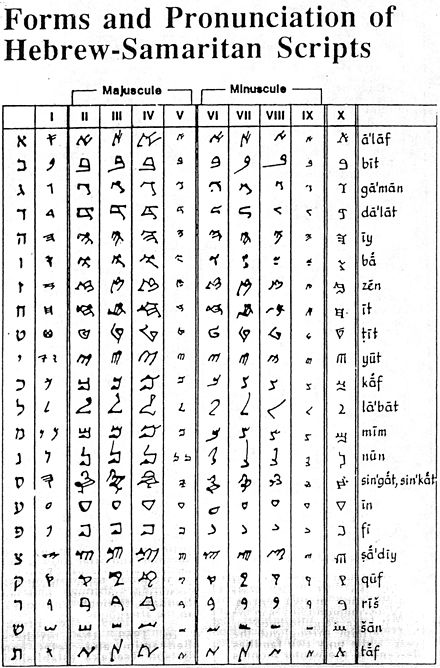
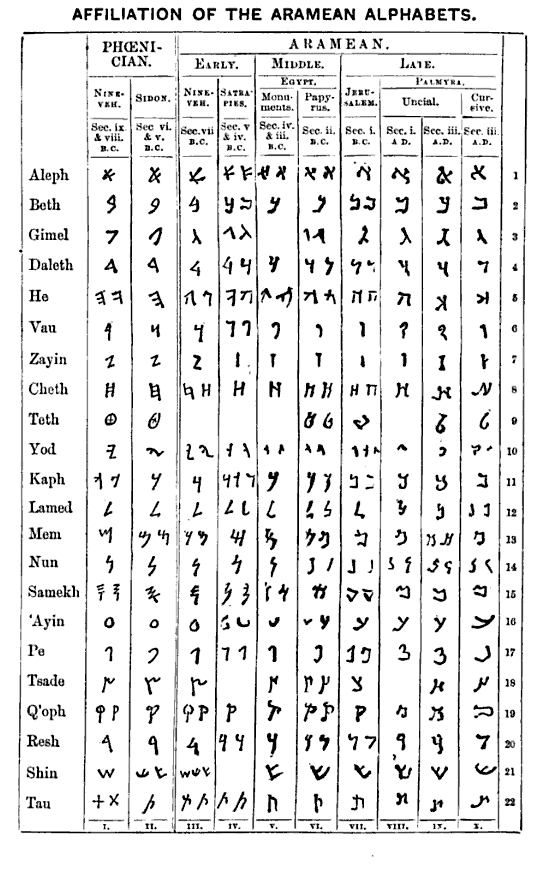
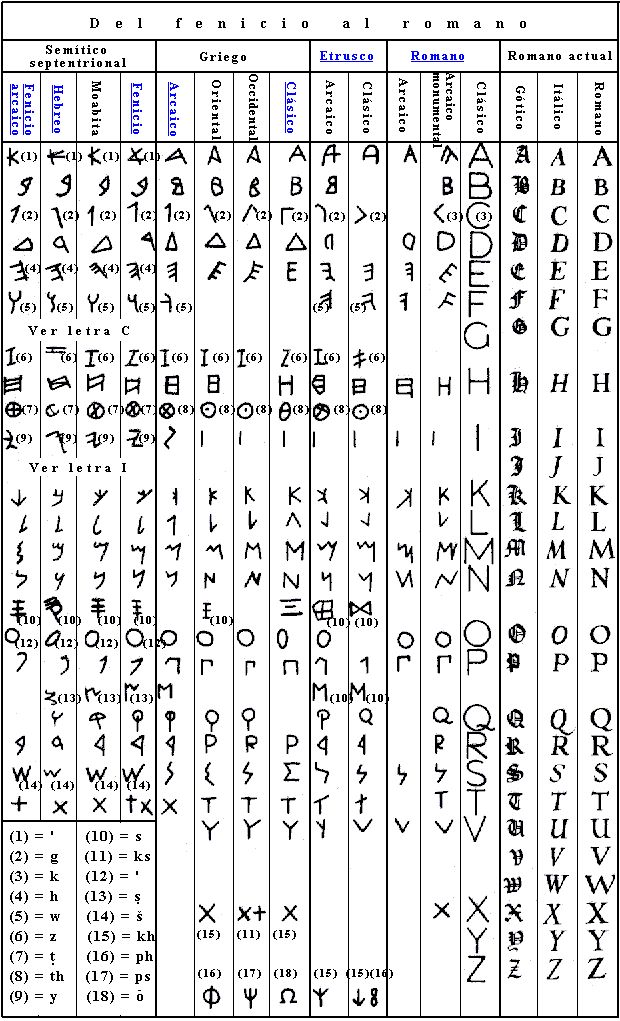
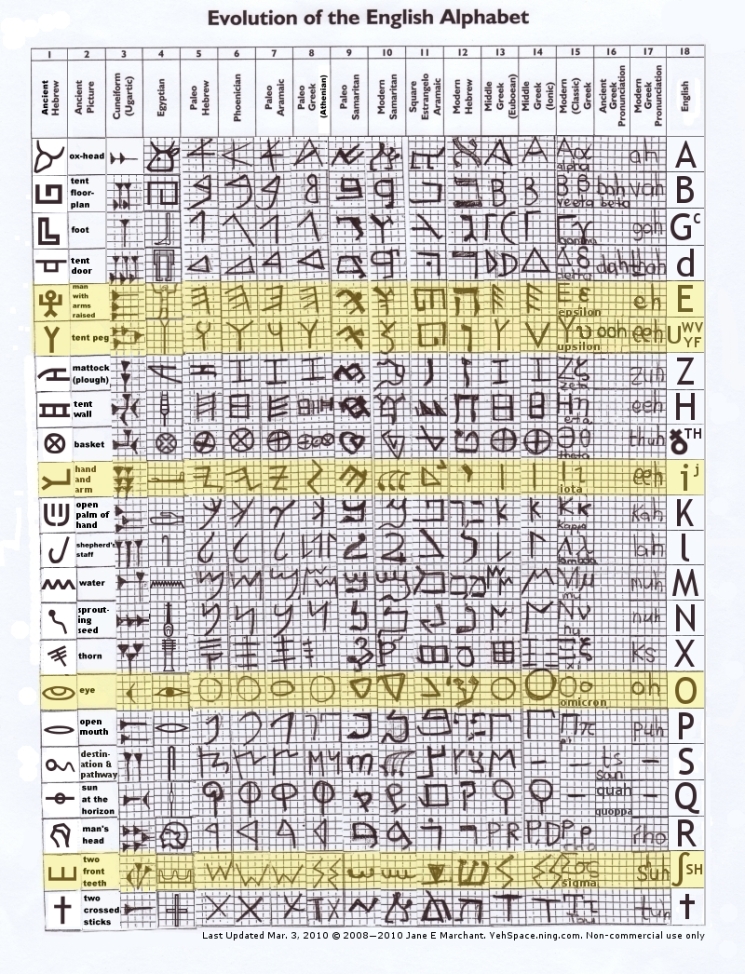
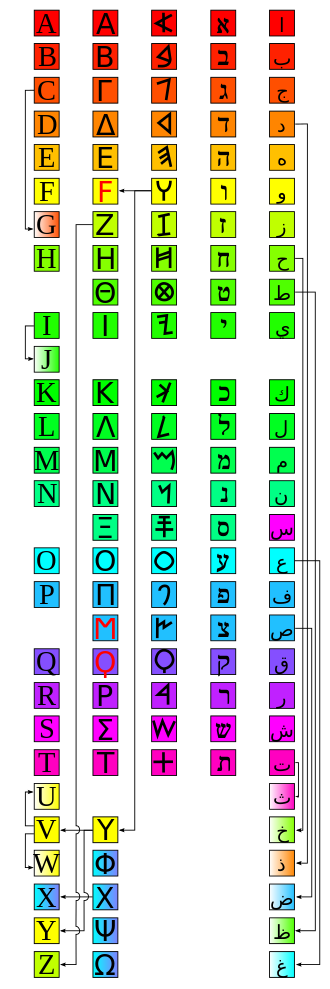

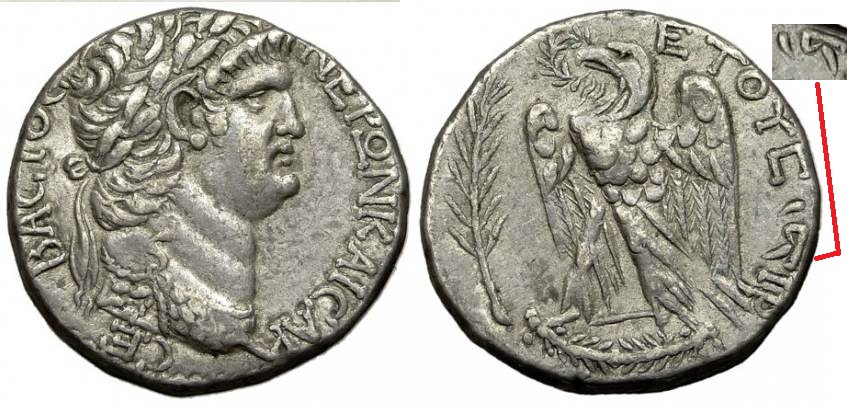
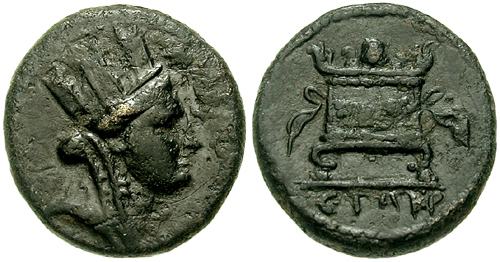
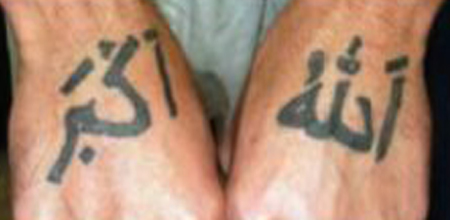

,_N372.2.jpg)
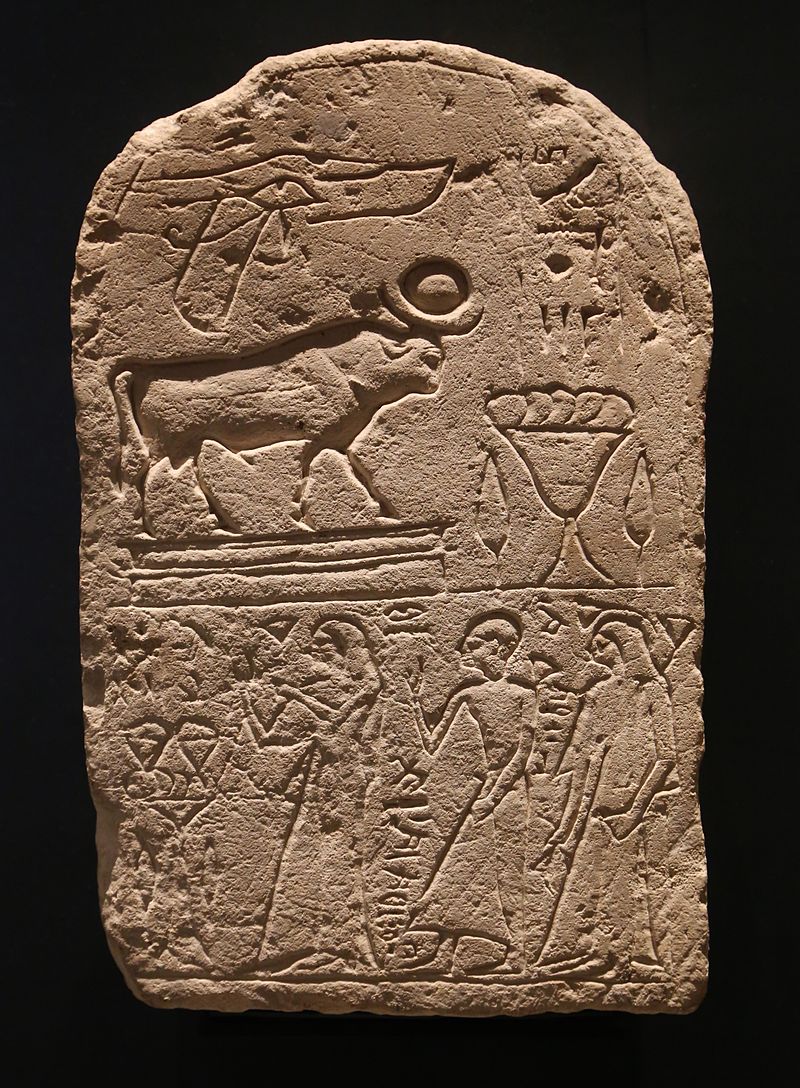



 <-
<-